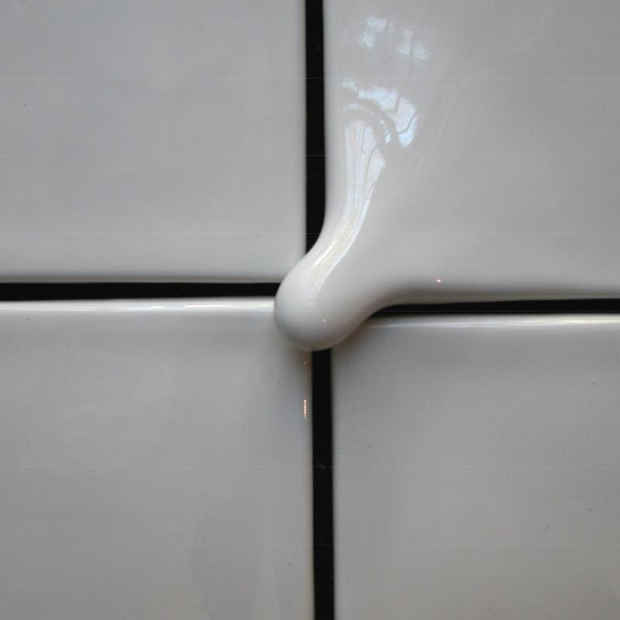“Ceramics - a concept of function” Exhibition
LMAKgallery

This event has ended.
LMAKgallery presents the third presentation of LMAKbooks+design: CERAMICS - a concept of function featuring objects by Analia Segal, Piet Stockmans, Elisa D’Arrigo, Cassie Griffin, Alan Belcher and Robert Raphael.
Exploring various ceramic practices may conjure associations with both domesticity and décor. In this way reminds us of the trajectory between the late-Romantic idea of the total work of art and the relationship between art and life theorized by the early- to mid-20th century Modernists, exemplified by Le Corbusier’s 1923 recommendation that the Modernist home represent an eminently functional “machine for living in,” unadorned, in keeping with Alfred Loos’ 1908 equation of ornament with moral degradation. The works on display at the gallery raise questions about functionality versus non-functionality and the status of ornament in the 21st century. They continue a yet unresolved debate, initiated in the mid-19th century, about the division between fine art and craft while reaching into the position of decorative arts within 20th century art history calling into question the relationship between contemporary aesthetics and social life.
Informed by dual footholds in art and design, Analia Segal explores the uncanny as rooted in the home. Segal’s seductively tactile objects, where she disrupts the familiar surfaces of ceramic bathroom tile with biologically suggestive bulges and blobs, prefigure according to art critic Susan Tower, “a world of uncanny presences.” At the turn of the 20th century white porcelain tile became a staple of the Victorian bathroom, and a concept of hygiene emerged laden with racist and class-based ideological implications. Segal’s work suggests that to this day a host of unspoken anxieties lurk just below the seamless, gleaming surface of functional domesticity.
As chief designer of the porcelain factory Royal Mosa in Maastricht between 1966 and 1989, Piet Stockmans designed 70% of the company’s stock, including the clean, minimal and eminently functional Sonja, which Ceramics Today calls “the world’s most ubiquitous coffee cup” as a result of it’s having been sold in 30 million editions. In 1989, Stockmans inaugurates his own studio, continuing his emphasis on expanding the traditionally limited possibilities of porcelain to draw out the “mysticism” that he sees as intrinsic to the material. Preserving his now-iconic use of only white porcelain slip and cobalt blue (sometimes referred to as “Stockmans Blue”), Stockmans’ work on view betray a desire to playfully question the association of functional design with domestic order.
According to Elisa D’Arrigo, her “vases bring to fruition a project [she’s] had in mind since her childhood: to freely create a variety of vases conjured up at the moment rather than premeditated, with their configurations suggesting what may be placed inside them—function both following and trying to catch up with form.” In her work, D’Arrigo is interested in dissolving the distinctions between the traditionally regarded fine arts media of sculpture, drawing and painting, but also in flirting with the still- hotly-contested boundary between art and craft. According to D’Arrigo, she “seeks the and, not the or.”
Cassie Griffin is a New York-based ceramicist whose process starts with the wheel-thrown potentially functional form. She then disfigures and reassembles, using the vessel almost as a brick like building material. In her work Griffin boldly embraces the prospect of failure and is interested in the moment at which clay succumbs to its natural limitations, as well as in “expanded techniques,” such as the incorporation of organic materials into the clay, which are meant to burn away and potentially explode during the firing process, or the excessive use of glaze in pursuit of unexpected effects.
Toronto-based artist Alan Belcher is known for his concept-driven photo-objects, which fused photography with sculpture. His work often betrays an interest in the politics of consumption influenced by his respect for Pop Art, as well as his perspective as a veteran of the 1980s New York gallery scene (between 1982 and 1988 he and Peter Nagy acted as co-directors of the artist-run Gallery Nature Morte) and its being enmeshed with the fraught context of an art market boom overshadowed by the Reagan-era culture wars.
Belcher’s _____.jpg, 2012 aims to address “[t]he ephemeral nature of the universal jpeg” and solidify the jpeg icon into a “standard image surrogate.” Fabricated in an edition of 125, his photo-object highlights the contradictory relationship of the current ubiquity of photographic images to the longstanding insistence that photographic documentation bestows authenticity upon a claim, and questions the cults of authenticity-as-commodity and of custom-made individuality fostered by social media’s powerful function as a tool for the rapid circulation of images.
Robert Raphael’s work draws on the complex relationship between the history of art and the history of decorative art, two traditions that, in the West, run parallel to one another and often intersect. Raphael’s research has led him to love pattern, excess, and ornament, as well as a belief that the strength of decoration, often perceived to be superficial, lies in its seductive nature and the complex meanings that result when surface, mass, pattern and cultural history come together.
Raphael’s Untitled (Rope Study) pieces currently on view at the gallery represent exercises in contradiction, where the texture of rope is explored at a remove from its expected structural and commercial uses and moreover, replicated in a medium known for its fragility.
Media
Schedule
from May 08, 2016 to July 29, 2016
Opening Reception on 2016-05-08 from 17:00 to 19:00